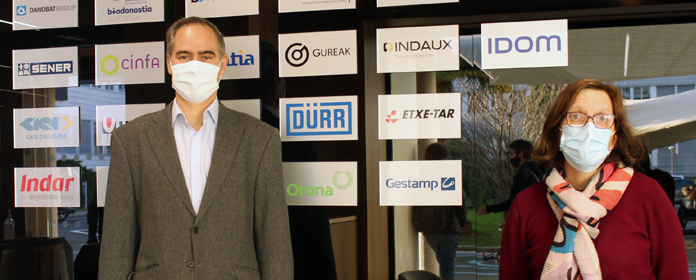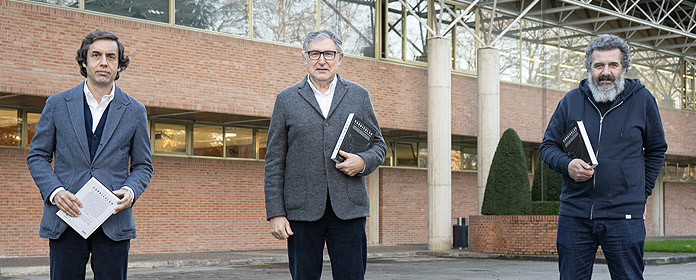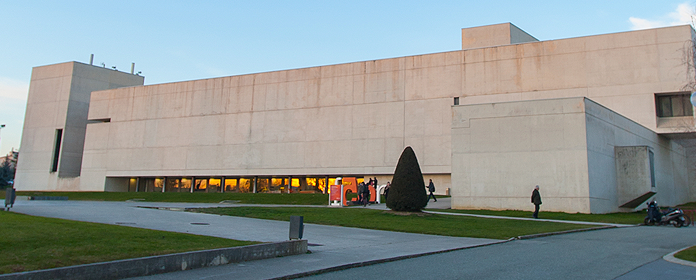A research on 'traffic jams', published in the most influential journal of physics
The work demonstrates that an obstacle near the exit avoids traffic jams in storage areas and could be useful in crowded conditions.
A study of the department of Physics of the University of Navarra has been published in the most influential journal in the world in this area: Physical Review Letters. The work has been elaborated by the researchers of the School of Sciences Iker Zuriguel, Álvaro Janda, Ángel Garcimartín, Celia Lozano, Roberto Arévalo and Diego Maza, and is part of one of the main lines of work of the center, which tries to explain the behavior of granular media for various practical applications.
In the case of this study, Alvaro Janda specifies that the aim of purpose was to show the effect of an obstacle near the outlet of a silo in reducing the traffic jams that occur during unloading: "In fact, we have shown that placing the obstacle at a certain distance from the outlet reduces traffic jams by up to 100 times, which could have numerous practical applications".
One of them would be emergency exits, where a column could play the role of unblocking the obstacle that scientists have so far tested in grain silos:"In our tests, we placed a sphere about ten times larger than the grains in our silo and found that, except if we placed it very close to the exit orifice, its mere placement already reduced clogging compared to a mechanism without obstacles. Of course, we found that there is a distance where the reduction of problems is maximum, related to the size of the outlet and the size of the obstacle itself", says the doctor in Physics from the academic center.
Granular media: a problem for the industry
This finding is especially relevant if we take into account that many materials used in the industry, especially raw materials such as rice, sand, rocks or plastic pellets, have the characteristic of being granular and generate jamming problems in their transportation, storage, etc. In this sense, the researcher of the group of Granular Media of the University of Navarra emphasizes that this work "is made in a scale silo, which would have to be transferred to silos of industrial size or any other application to adjust the placement of the anti-jamming obstacles".
Regarding the analogies between the behavior of these media and that of people in situations of panic or mass movement, researcher points out that the method has not yet been tested with humans, "but it could serve as a starting point to try to improve the design of emergency exits, access to places of meeting such as stadiums or cinemas, etc.".
The findings of the study, finally, will also be published in the journal American Physical Society.




